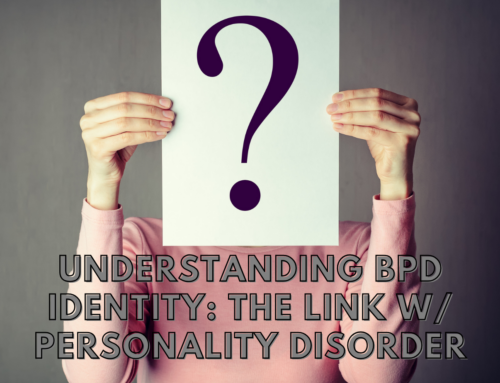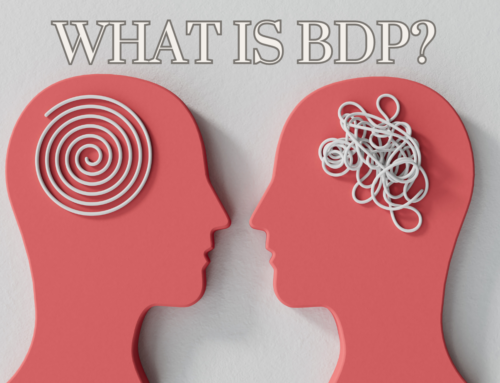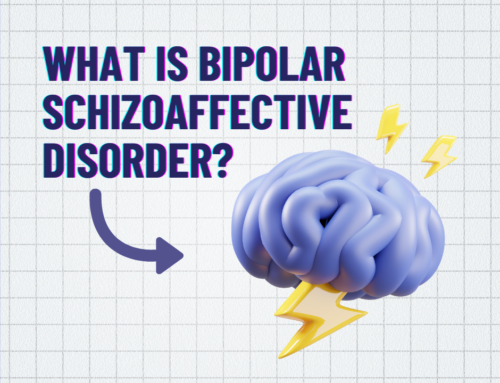Within the domain of personality disorders, symptoms and similar disorder characteristics are grouped into three distinct clusters, with each cluster tied together by an overarching theme. People with these disorders experience the symptoms no matter the time, place or circumstance, and they cause significant stress and impairment in everyday life.
The symptoms of these disorders are so crippling that relationships, jobs, social lives and interpersonal lives are painful and unstable. To cope with the overwhelming anxiety or lack of control, those who suffer from personality disorders often engage in maladaptive coping mechanisms like substance abuse, self-harm or violence.
We’ll explore the three clusters of personality disorders and shed some light on what ties each group together and their treatment options.
Treatment Options for Personality Disorder Patients
Long-Term Psychotherapy has been shown to be a successful treatment for the three clusters’ individual personality disorders. Throughout psychotherapy sessions, the experienced mental health professionals at Alta Loma guide patients in cultivating an awareness of their personality traits and the manifestations of these mental disorders. Engaging in discussions about their thoughts, feelings, and behaviors plays a crucial role in facilitating the recovery journey.
As they learn how to control their symptoms and lessen the behaviors that might be impairing their capacity to function, the patient can better understand how their behavior impacts those around them during psychotherapy. Psychotherapy gives patients the opportunity to develop skill sets to manage their disorder, which leads to long-term success rates after treatment. It’s crucial to note that not every patient will respond well or have the same experience during psychotherapy; it’s a process that should be tailored to each person’s individual needs.
The Three Clusters of Personality Disorders
Cluster A Personality Disorder
Cluster A personality disorder is characterized by unusual or eccentric thoughts and behaviors. Common disorders in this cluster include schizotypal personality disorder, schizoid personality disorder and paranoid personality disorder.
People with these disorders often have difficulty understanding social cues and reading nonverbal communication and may appear to be suspicious or paranoid.
Disorders in cluster A are tied together by distorted thinking. This cluster is called the odd, eccentric cluster and includes these disorders:
Cluster B Personality Disorder
Personality Disorders in cluster B are tied together by impulse control and emotional regulation.
People with these disorders often have difficulty maintaining healthy relationships and may be at increased risk for substance abuse and suicide. Cluster B personality disorders can be difficult to treat, but effective treatments are available.
The prevalence of cluster B personality disorders is approximately 1.5%.
This cluster is called the dramatic, emotional and erratic cluster and includes the following disorders:
Cluster C Personality Disorder
Personality Disorders in cluster C are tied together by a high level of anxiety.
Cluster C personality disorders are present in approximately 1 in every 40 people (2.7% of the population).
This cluster is called the anxious, fearful cluster and includes these disorders:

Diagnosing Personality Disorders Is Challenging
Unfortunately, most who suffer from a personality disorder rarely have enough insight into the behavior to recognize or describe it as a personality disorder.
They often suffer from severe secondary symptoms such as depression, relationship problems and poor academic or job performance. While some physical abnormalities in the brain can help identify personality disorders, research in this area hasn’t identified diagnosable markers across the board.
Usually, a close witness to everyday behavior and history is asked to answer questions about the behavior of the person being diagnosed. Criminal records and medical history may also be relevant to creating an accurate understanding of behavior patterns.
Not only can receiving diagnostic information from the client be difficult, but those who receive a diagnosis often struggle to stay in treatment. Though treatment for these disorders can be complex, a combination of therapy and medication has been proven effective as part of the collaborative care model.
Alta Loma’s Long-Term Treatment Program for Personality Disorders
Whether short-term or long-term, cognitive behavioral therapy or another type of therapy, psychotherapy has been shown to be an effective way to treat personality disorders. Medication might also be necessary in some cases in order to balance out chemicals in the brain or treat other comorbid conditions. Medication can greatly improve the quality of life for those with a personality disorder when used in conjunction with therapy.
Diagnosis and treatment for personality disorders are possible with the help and support of friends and family and through the commitment of the client. If you or someone you know is battling a personality disorder, please contact us for help.
Alta Loma mental health facilities in Georgetown, TX, near Austin, TX, are here to help you or your loved one get back on track and live a happy, healthy life.
Alta Loma can provide continuing support and aftercare once they complete the program for those who don’t have a support system but would like more insight into their mental health and treatment options.
The men who enroll in Alta Loma’s treatment program will find relief from their symptoms and hope for life outside of treatment. Call Alta Loma at (866) 457-3843 to get help today.



